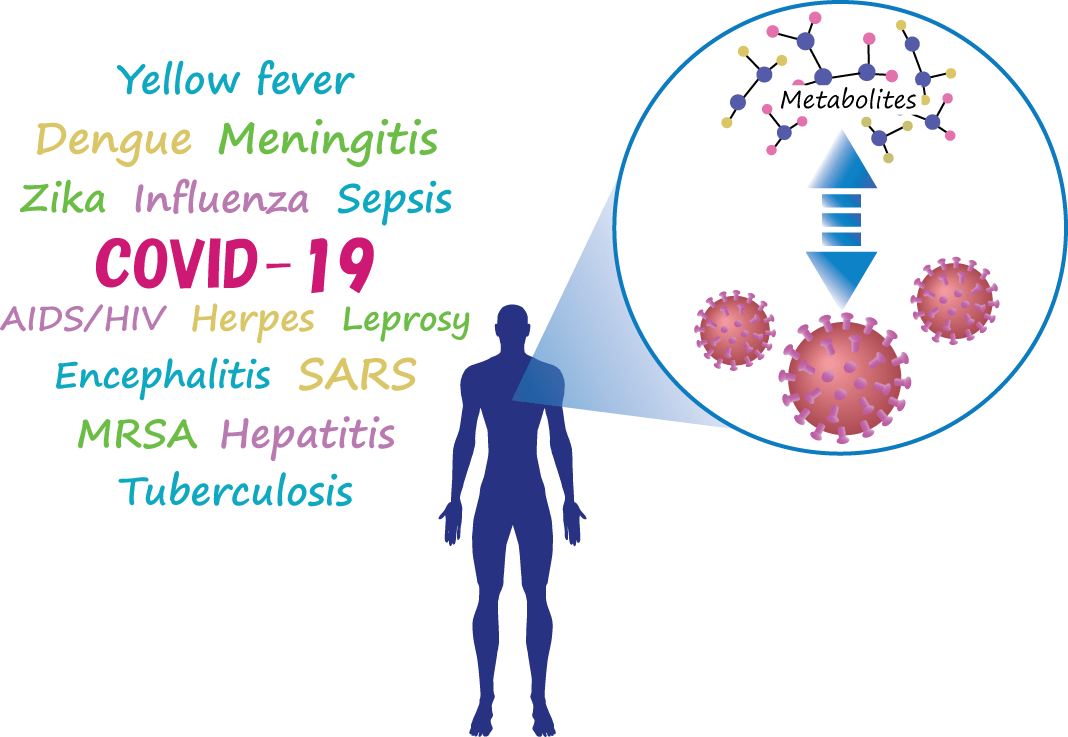INFECTIOUS DISEASES

Microorganisms, or microbes, such as viruses, bacteria, fungus, or parasites, cause infectious illnesses. There are billions of microbe species, but only a few thousand are pathogens or disease-causing organisms. Many species dwell inside or on the human body, making up the so-called normal microbial flora, which is not only harmless but also beneficial in defending the human host against disease invasion. Infectious diseases can be contracted in a variety of ways, including direct or indirect contact with an infected person, consumption of contaminated foods, use of a contaminated medical device, transmission from an infected mother to her child during pregnancy or birth, contact with an infected animal or animal waste, and bites from carriers like mosquitoes or ticks. Pathogens can be breathed through contaminated aerosol droplets, absorbed through food or beverages, or entered by the nose, mouth, or eyes when individuals handle infected things and subsequently touch their faces. Sexual contact, blood transfusion, or skin wounds are the most common ways that organisms spread through bodily fluids.

The typical flora is normally innocuous, but in persons with compromised immune systems, it can cause sickness. Resident bacteria can also cause illness if they infiltrate germ-free areas of the body, which can happen after an accident or surgery. Antibiotic overuse may kill beneficial bacteria, enabling disease-causing opportunistic infections to proliferate. Its virulence determines an organism's capacity to infect and harm a host. The stronger a pathogen's virulence, the more serious the disease it may cause. Virulence factors are molecules or structures that allow a disease to infiltrate host tissues and elude immune defenses. To connect to host cells and create a starting point for tissue invasion, some bacteria employ sticky hair-like projections called fimbriae or pili; others use specialized chemicals called adhesins. Some organisms have enzymes that allow them to cut through host cells and enter through mucosal membranes. Viruses attach to and enter host cells via spike proteins on their surface. Some bacteria have a capsule that protects them from phagocyte "eating." Others make enzymes or poisons that stop phagosome development or block lysozyme's lytic function. Pathogens may wreak havoc on the immune system of their hosts in a variety of ways. They can inhibit antibody synthesis or generate super-antigens, which cause non-specific T-cell activation and large cytokine release, among other things. Some viruses may remain latent inside host cells for long periods of time, successfully concealing from the immune system. Antibiotic resistance may develop in bacteria, allowing them to evade treatment.

Pathogens that develop unchecked wreak havoc on host tissues, resulting in symptoms. The infection activates the body's inflammatory response, which attracts immune cells to the infection site to combat it. While inflammation is a necessary defensive mechanism, it can become excessive and cause harm to the body's own tissues, exacerbating the condition. Exotoxins are produced by many microorganisms and can harm the body's systems. The majority of toxins are created during infection, but some pre-formed toxins, such as those that cause food poisoning, can cause sickness even when the bacteria are not present. The outer membrane of Gram-negative bacteria includes an endotoxin. This endotoxin causes an overabundance of inflammatory mediators and pro-coagulant factors in septic patients, which can be fatal. Different illnesses present themselves in different ways, but the most frequent symptom of infection is fever, which is one of the body's natural defense mechanisms against infection. Other signs and symptoms differ depending on which system is afflicted. Sepsis and septic shock can result from a systemic infection, which is characterized by fast heart rates, breathing rates, low blood pressure, and symptoms of organ damage. Symptoms and lab tests that reveal the presence and perhaps the identification of the infection are used to make a diagnosis. Antibiotics, antivirals, antifungals, and antiparasitics are medications that are used to treat illnesses caused by bacteria, viruses, fungus, and parasites. In certain situations, the pathogen is effectively destroyed by the body's immune system, and the infection resolves on its own. In certain circumstances, the infection overwhelms the immune system, necessitating medical therapy. Infectious illness transmission can be greatly reduced by maintaining good personal hygiene, particularly hand washing.






No comments:
Post a Comment